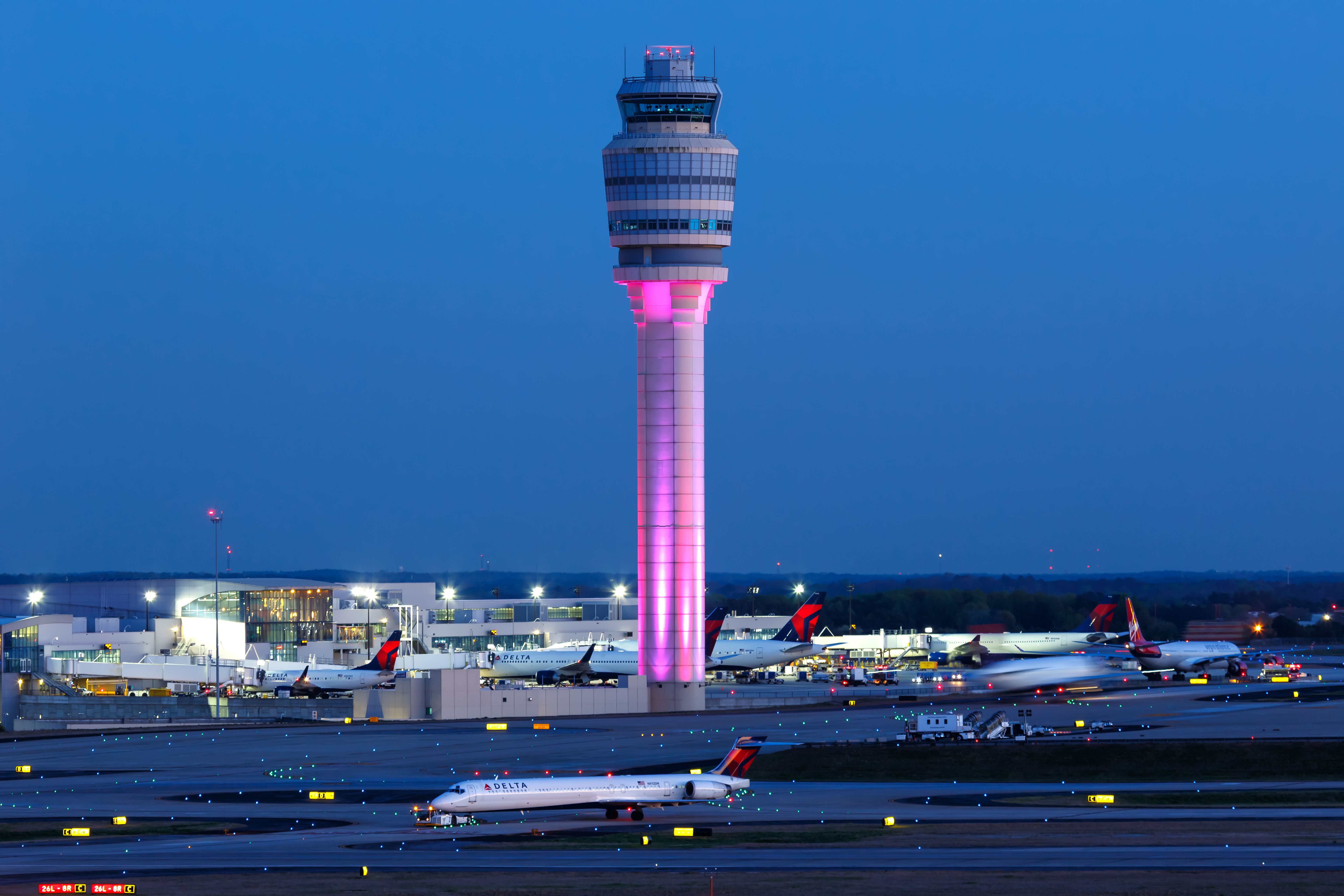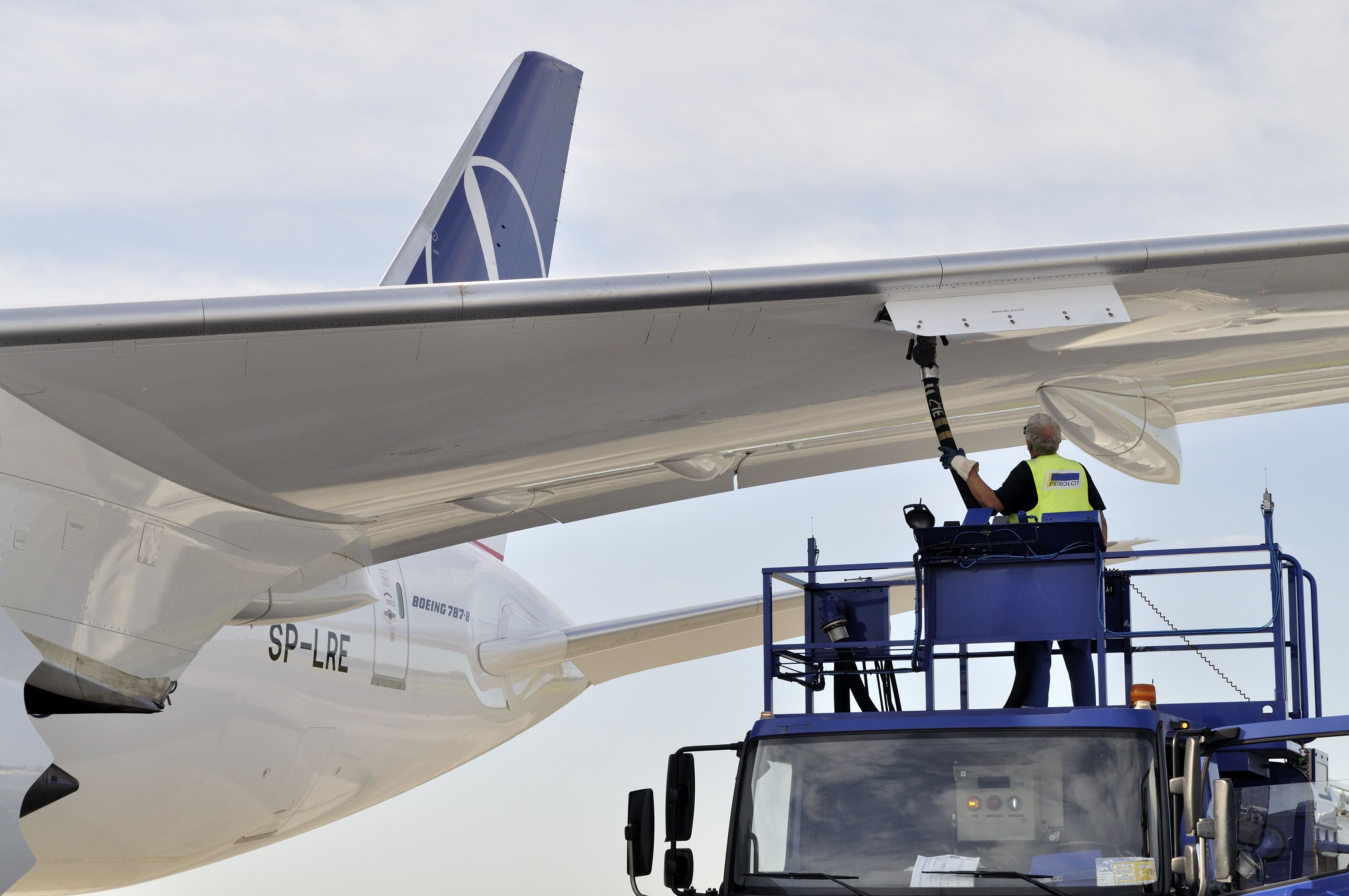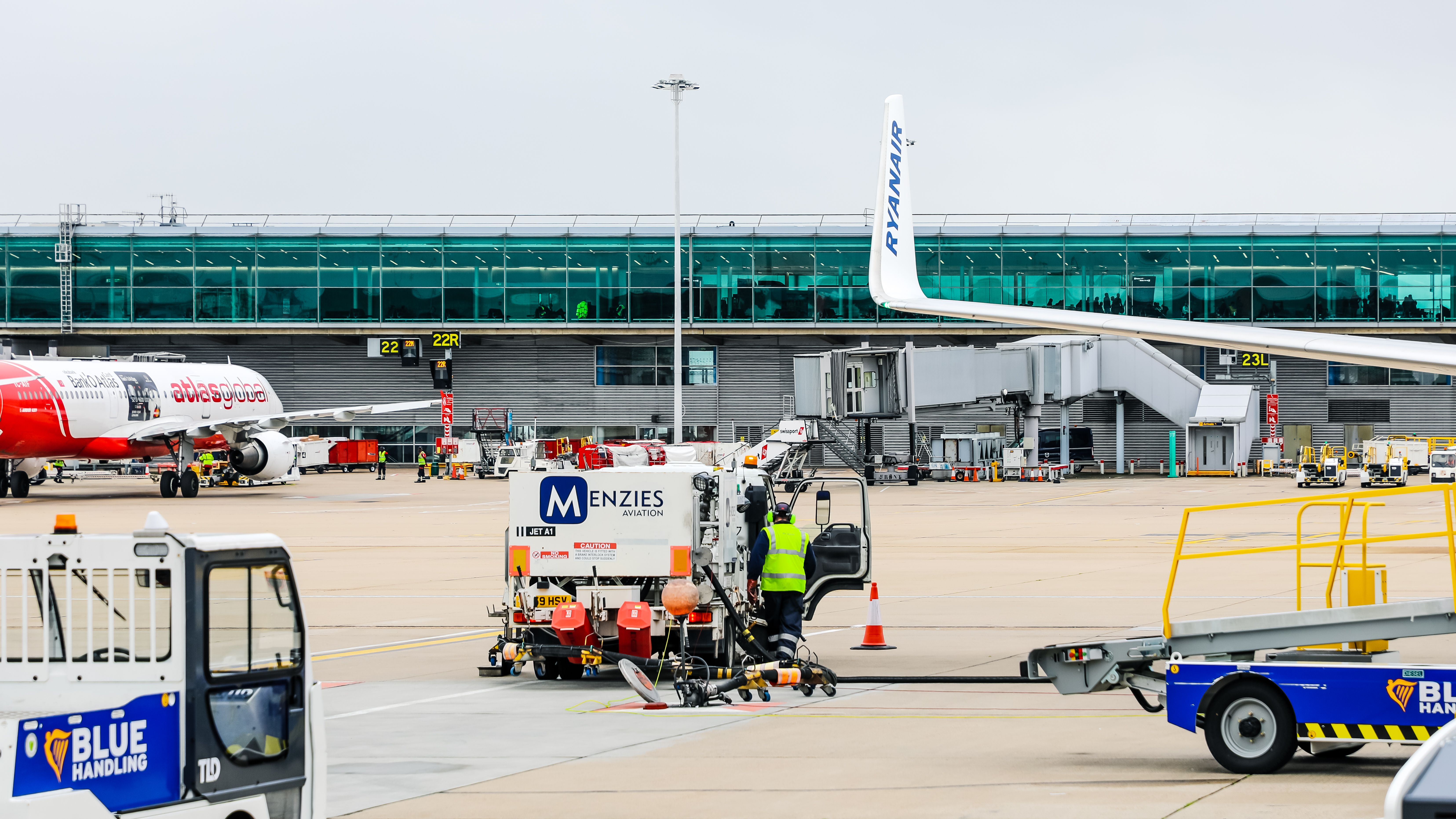Summary
- Airports have the unique opportunity to drive sustainability in the aviation industry by embracing new transportation models, public-private cooperation, and new technologies.
- They can contribute to decarbonization efforts by investing in sustainable aviation fuels, adopting electric vehicles and renewable energy sources, and addressing energy usage in areas like lighting and cooling.
- When building new airports, it's crucial to prioritize green credentials by using sustainable materials, implementing energy efficiency measures, and generating on-site energy through renewable sources.
Airports can lead the way and embrace their unique position in the aviation industry to drive greater sustainability across the sector, said Gloria Guevara, former minister of tourism for Mexico, spearheading a new organization, the Sustainable Tourism Global Center (STGC).
Leading the decarbonization
The aviation industry globally is committed to reducing its environmental impact. Airlines, for example, are acquiring next-generation, more eco-friendly aircraft. Manufacturers are investing in developing all-electric, supersonic, hydrogen aircraft and new technologies that could reduce CO2 emissions. Airports also have important work ahead and have the opportunity to move the aviation industry towards its goal of achieving net zero by 2050.
Gloria Guevara, the head of the STGC (a multi-country, multi-stakeholder initiative), said in an interview with Simple Flying airports should adapt to new models of transportation centered around sustainable public transport and car-sharing models.
She added there is no single roadmap for airport sustainability. Nonetheless, public-private cooperation will play a crucial role in creating solutions.
“The world of tomorrow requires a central focus on sustainability, and airports should use their position at the nucleus of the aviation industry to drive progress towards net zero. They should work with the public sector to bring benefits to the environment and local communities while embracing new technologies that have the potential to revolutionize the airport experience for workers and travelers, laying the foundations for a future of air travel that is faster, simpler, and greener.”
Do you want to know what Indian airports are doing to become greener? Check out this article.
What can airports do?
Airports will be critically important in developing and distributing Sustainable Aviation Fuels (SAF). Gloria Guevara said,
"While the airplane of the future is yet to be built, airports have an important part to play in reducing emissions. There are multiple paths and levers to achieve this goal, including among others the development of Sustainable aviation fuel (SAF), the use of Lower Carbon Aviation Fuels (LCAF), and in the short to medium term, emissions offsetting.
When it comes to SAF, airports can provide the critical infrastructure to enable the blending of waste-derived aviation fuels with conventional jet fuels to reduce emissions and ensure compliance with upcoming regulations. In light of this, leading airports are engaging with SAF innovators such as Neste, Fulcrum, Velocys and LanzaTech to secure production close to their sites, with the share of SAF in blends anticipated to rise over the next 20 years. Airports aren’t just facilitators of this transformation; they are also propelling the industry forwards. Heathrow offers airlines £38m to support greater use of SAF and similar schemes are being considered by Royal Schiphol Group, Aeroports de Paris, San Francisco Airport in the US and Dubai Airports and others. On a complementary measure, Airports & airlines will shortly be able as well to select jet fuels based on their total carbon footprint which includes the GHG equivalent emitted during the production and transportation of the jet fuel. Lower carbon aviation fuels can be certified by third parties, as CORSIA eligible fuel."
Gloria Guevara argued airports should keep investing in new technologies, for example, replacing traditional ground fleets with electric vehicles. They could also install solar panels to generate electricity. An example of this can be found in Ecuador. The Galapagos Ecological Airport is powered by 100% renewable energy.
But airports could also consider other initiatives, such as addressing lightning and cooling, which account for 46% of energy usage. For example, Dallas Fort Worth International (DFW) introduced a highly efficient plumbing fixture to save millions of gallons of water monthly. Saudi Arabia’s King Khalid International Airport converted its infrastructure to smart and green buildings, powering vehicles, and more, which helped the airport save up to 9,000 tons of carbon dioxide emissions annually.
What about new airports that have not been built yet?
As the aviation industry grows globally, the need for new airports built from scratch increases. But governments and private investors must consider airports essential to reducing emissions. Gloria Guevara said,
“Whether a City Airport or a Global Hub Connector, a Cargo Champion or a Leisure Gateway, airports have different characteristics, objectives, and needs. Each project, therefore, should adapt to its surrounding environment and community and ensure that it retains a central focus on its green credentials. Oftentimes, this requires the use of sustainable building materials such as timber as well as an investment in energy efficiency measures, whether these relate to water usage, lighting, or HVAC (heating, ventilation, and air conditioning). The generation of on-site energy should also be prioritized, whether that be through wind, solar, biomass, or hydrogen.”
What other initiatives could airports do to spearhead the global decarbonization of the aviation industry? Let us know your thoughts in the comments below.



